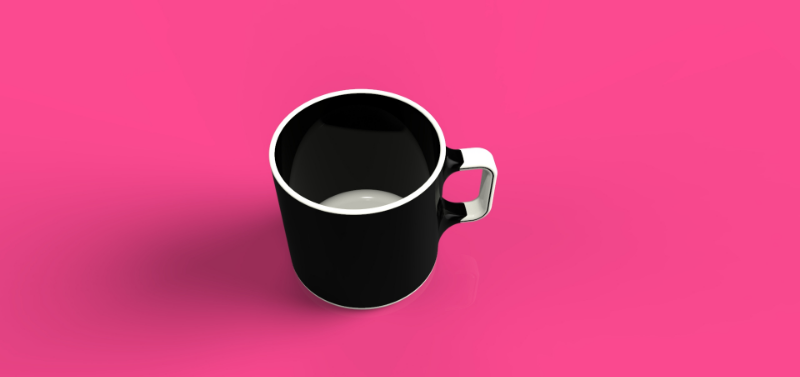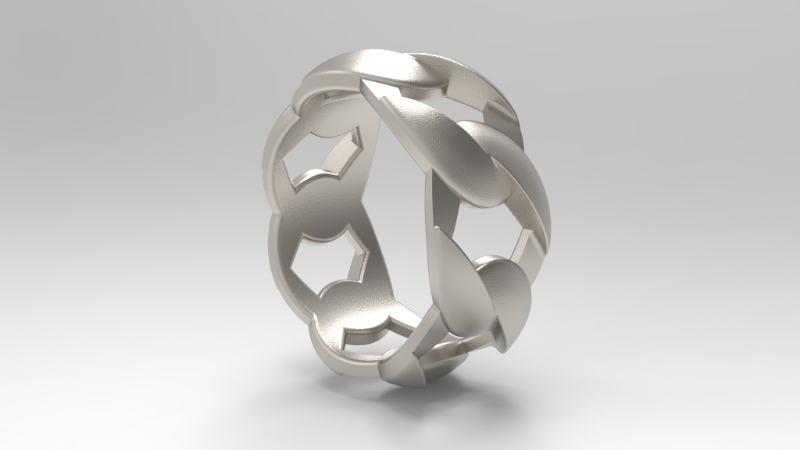It takes a revolutionary kind of thinking to come up with new solutions for the world’s problems. Designers, including CAD designers, are at the forefront of technology, taking the latest science has to offer and transforming it into exciting new products, or simply taking a clunky appliance and transforming it into a sleek piece of art.
To get a satisfactory solution every time, designers have learned to rely on a four-phase method of thinking in order to come up with answers. This method is called design thinking. Even if you’re not a designer, this method of finding answers can help you solve many of life’s problems. It’s a versatile way of brainstorming, and one you should be using if you aren’t already.
If you’re not familiar with the concept of design thinking already, take a look at what it is and how it works.
The Four Phases of Design Thinking
Design thinking is commonly broken up into four phases. Skip one of these phases and you may still come up with a solution, but it may take longer for you to reach it. Design thinking takes you through these phases to help you come up with a fresh, new idea as quickly as possible, without missing anything. These phases are:
Defining the Problem
Before you can have an answer, you have to have a problem, and not just any problem—it has to be your customer’s problem. Consumers don’t care that you need to make money, or that you want to add a great new product design to your line. They care about the problems that are unique to them and their daily lives.
In order to come up with a useful design, the design must start with the customer. Stepping into the shoes of the demographic you’re selling to and viewing the world from their eyes is important to helping you find the pressing problems that your customers have.
This could be as simple as a runner needing a secure place to stash their keys and phone while running, or as complex as a reusable space shuttle. These products are very different but are key examples of real problems that needed solutions.

If you’re having trouble coming up with a problem statement, take a moment and go back to the end user. Empathizing with them is a great way to bring their problems into focus and make sure that the design you create will be in their best interest.
Challenge Assumptions for Innovative Solutions
Once you have a specific problem nailed down, it’s time to challenge assumptions. Without this part of the process, you may struggle to come up with a solution that is unique. Brainstorming is a critical part of this process. The more ideas you come up with, the more choices you’ll have.
Setting up a brainstorming session isn’t just a matter of gathering the team together over coffee and doughnuts. While the more people you have, the more brain power can be put toward coming up with ideas, there are a few other things you can do to improve your chances of coming up with a great idea.
RELATED: What Is Product Design and Why Is It Important?
While you don’t want to set too many limits, a blank slate can be too overwhelming for even the most experienced team and could lead to stalling in the process. Instead, try to set some loose limitations, such as the problem itself.
During the actual brainstorming process, no idea is a dumb idea. It’s important not to let hotheaded members of the crew shoot down another person’s idea during this phase of development. By making criticism a possibility, you may cause members of your team to limit themselves. Eventually everyone will simply agree with the most popular decision.
The problem with this situation is that it severely handicaps innovation. Many people fail to speak up because they’re afraid of sounding stupid, or of their idea being sneered at. By making criticism of an idea

If limiting yourself to just the problem doesn’t seem to be encouraging ideas, you can help brainstorming along by adding in a unique twist. Ask them to come up with the worst possible idea instead of the best, change the perspective, or remove a normal feature of the product. This may help stimulate their minds to start thinking outside of the box and come up with a fresh new idea worth pursuing.
Chances are if an idea is easy to implement or to come up with, it has already been done before. Push yourselves to look at the problem from alternative angles, and you may come up with a genius solution your customers will love.
Create a Prototype
Once you have a brilliant answer to a pressing problem, the next step is to create a prototype of the product that will one day become your solution. This version of the product won’t be perfect—they are always made with cheaper materials so that it won’t be a big loss when they are eventually destroyed.
These products aren’t meant to be the real thing that goes out to consumers. Instead, they’re made to help test the ideas that came out of the brainstorming session and to work out the kinks.
For example, if you are testing a landrover meant to land on Mars, you’ll want to make sure that the battery will last a long time, that it can right itself if it gets knocked over, and that the treads won’t break when sent over ice or rocks.
If you’re trying to sell a self-warming coffee cup, you’ll want to make sure there’s no risk of shock hazard, and find out what happens if it is stuffed in a dishwasher.

Don’t limit yourself to just one style of prototype during this phase either. If you create several different prototypes, you can test them against each other for functionality, and also see which ones are better responded to by test groups.
The more information you can get, the better. Test it in a variety of ways, and have as many pairs of eyes looking at your prototype as possible. The more opportunities you have to spot problems at this stage, the more time and money you’ll save later when you don’t have to recall a product or make a change to a large order.
If you find a problem at this stage, go back and create a new prototype. It’s best to perfect any tiny details
Test
While it may seem that you’ve covered everything possible during the prototype phase, the testing phase is specifically for the completed product. By now you should have nailed down all the potential problems you can think of, and narrowed down your ideas to just one design.
The goal for this finished product is to see how well it resolves the original problem. This means the product not only has to work, but that you can expect it to specifically work on the problem that you set out to resolve in the first place.
Does your new runner’s pouch hold the keys and your cell phone? Is it comfortable and stylish? Does it flop around on rough terrain?
This final test is critical to making sure your product is something that will excite consumers and make them eager to purchase from you. Once all these phases are complete, it’s time to send your prototype off to be made into the real thing.
Why You Need to Use Design Thinking
Of course, you can still create a product without using this step by step process, so why do you need it? Design thinking has a wide range of benefits. It helps you avoid missing steps or creating a sub-par product, and also speeds up the creation process.

For design thinking to be a sound strategy, it needs to do three things for your company. It needs to help you create an innovative solution, lower the risk of the product failing, and convince employees that it is a valuable product they want to push.
Without these three things you may still be able to get a product going, but you’ll find it a much harder road. Design thinking allows you to have the best chance at success for all three of these components, and here’s how.
Innovative Solutions
You can probably already guess how design thinking helps create new solutions. Resolving a specific problem for your consumers, and pushing through the easy answers to find something that truly works. While we don’t have to go deep into this, we still have to mention it as a vital part of why design thinking is so important.
Lowers Risk
When products flop, it can cost a business millions. A significant amount of money goes into the creation of a new product, from the payroll of the design team to the manufacturing of the product, every step of the process costs money. It’s only natural to want to protect this investment by lowering the risk of failure as much as possible.
Design Thinking lowers the risk of failure by insuring important steps aren’t skipped. If your product fails to answer your customers needs, it won’t sell as well as a product that fills a missing piece in a customer’s life.
By taking your time and doing design right, you’ll get a product that is far more likely to sell, and is also more likely to have employee buy-in.
Employee Buy-In
Products require one surprising thing to make them more successful—they need the support of the team behind them. Employees that believe in their products are more likely to go the extra mile, and their enthusiasm infects everyone around them.
No matter how much money you spend on advertising, your product won’t have quite the same sparkle as a product that is backed by its employees. An employee that knows in their heart that this product is something consumers want will go that much farther than those that don’t care for the product, or perhaps know it doesn’t really work.
So why does it work? Let’s take a look at the fascinating science behind this concept.
History of Design Thinking
Design thinking as we know it came about in 1969, when a man named Herbert A. Simon wrote a book called, “Sciences of the Artificial.” Before this,
After Herbert A. Simon, a small collection of brilliant engineers, scientists, and other notable authors wrote their own books inspiring people to use creativity to solve problems. Most importantly, they established that designers needed to take into account the human element in order to be successful.
Eventually, d
With a nearly 50 year history, design thinking has been around for a long
Design Thinking Is the Future
Whether you simply want to create a hit product for your
The next time you have a problem that needs
